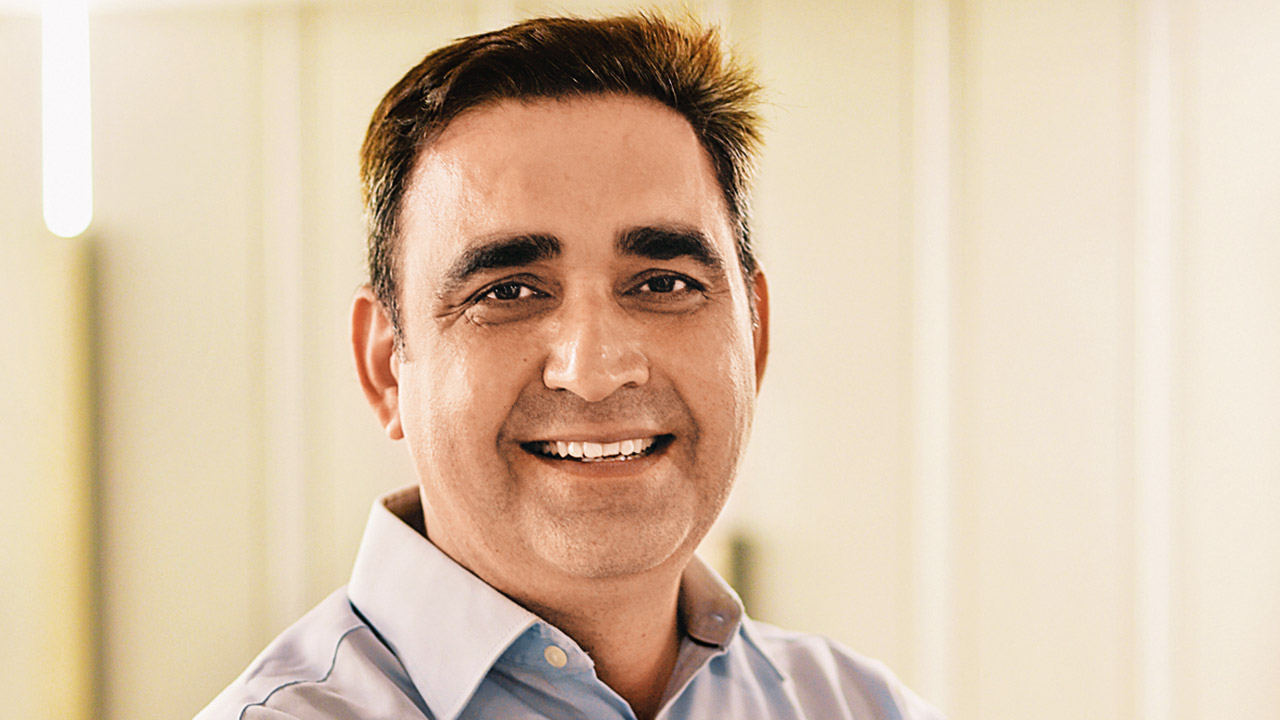The success of your investment depends on two factors – choosing the right stock or mutual fund scheme to invest in, and choosing the right time to make that investment. In other words, timing the market.
That said, the success of your investment wouldn’t necessarily mean a successful portfolio or successful wealth creation! The two are very different. Unfortunately, investors hardly understand this difference.
Wealth creation is a long-term process, and requires both discipline and patience. It is much more than picking a few good stocks at the right time. Professional investors are usually able to do it properly – i.e., make the right pick at the right time, but not always. Regular investors, other than professional investors, have to depend on a structured approach to investing. For such types of investors, the asset allocation approach comes in handy and useful.
Talking of asset allocation, this is something that is again mostly misunderstood by investors at large. For instance, if you have invested in different types of properties – residential, commercial and industrial – you have only diversified your investment. It cannot be termed as asset allocation.
Let’s suppose, you have also invested in large-cap, mid-cap and small-cap stocks or mutual funds. Then also, you have essentially diversified your equity investments into different heads. That is not asset allocation, either.
Asset allocation essentially means dividing your total investible corpus into different asset classes percentage-wise, after taking into account various factors, such as your risk appetite and the time horizon of your investment.
Broadly speaking, there are four asset classes that most investors can tap into – debt, equity, real estate, and commodities.
Within these asset classes, having the right percentage allocation is of paramount importance.
Indians are heavily tilted towards debt investments (fixed deposits and bonds), and real estate, along with a sizeable percentage of their investible surplus going into insurance policies. Indians also heavily buy into gold, but that is primarily because of customary and cultural reasons, rather than for pure investment purposes.
Historically, as an asset class, equity has delivered the most promising inflation-beating returns. Next in line, in terms of return, we have gold and real estate.
Debt and insurance policies return the least, often below inflation. Statistically speaking, people who invest only in debt and insurance policies often find it difficult to sustain and maintain their lifestyle in their retirement years, because in the absence of a regular monthly income, they have to rely only the returns from their debt investment and insurance policies, which are often below inflation.
As such, selecting the right percentage allocation at the time of making your investments will ensure that you will get the right balance of all the assets in your investment bouquet.
Incidentally, most assets have a negative correlation with each other, and thus, it becomes all the more necessary to create your portfolio with the right percentage of allocation of the different asset classes to provide stability to your investment basket. It’s similar to cooking the perfect recipe with the right ingredients in the right proportion to make the food tasty and healthy.
Financialisation of assets has gathered momentum among Indian investors now, and mutual funds have played a major role in bringing about this change. Today, mutual funds offer funds which invest in gold and real estate, too, besides debt and equity, thus making it possible for investors to conveniently participate in these asset classes with a fraction of their money. At times, these schemes are tax efficient also. The facility of auto-rebalancing and professional management these funds provide, act as the icing on the cake.
A recent study suggests that more than 91.5 per cent of a portfolio’s return is attributable to its mix of asset classes, and individual stock selection and market timing account for less than 7 per cent of a diversified portfolio’s return.
The author is the founder of Wisdom Edge Investments

